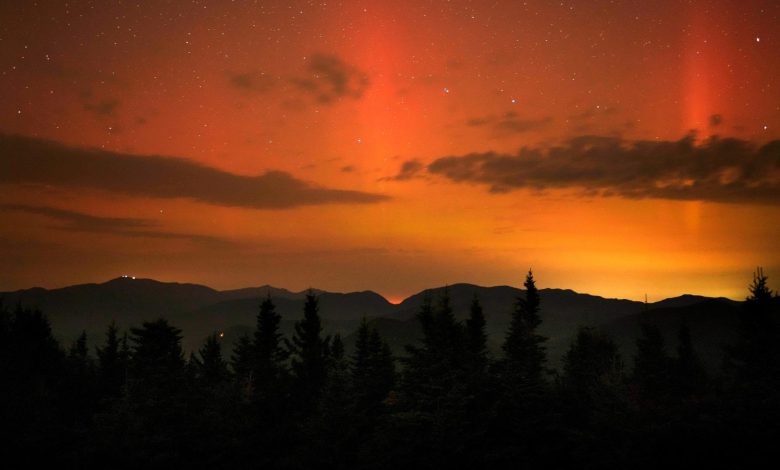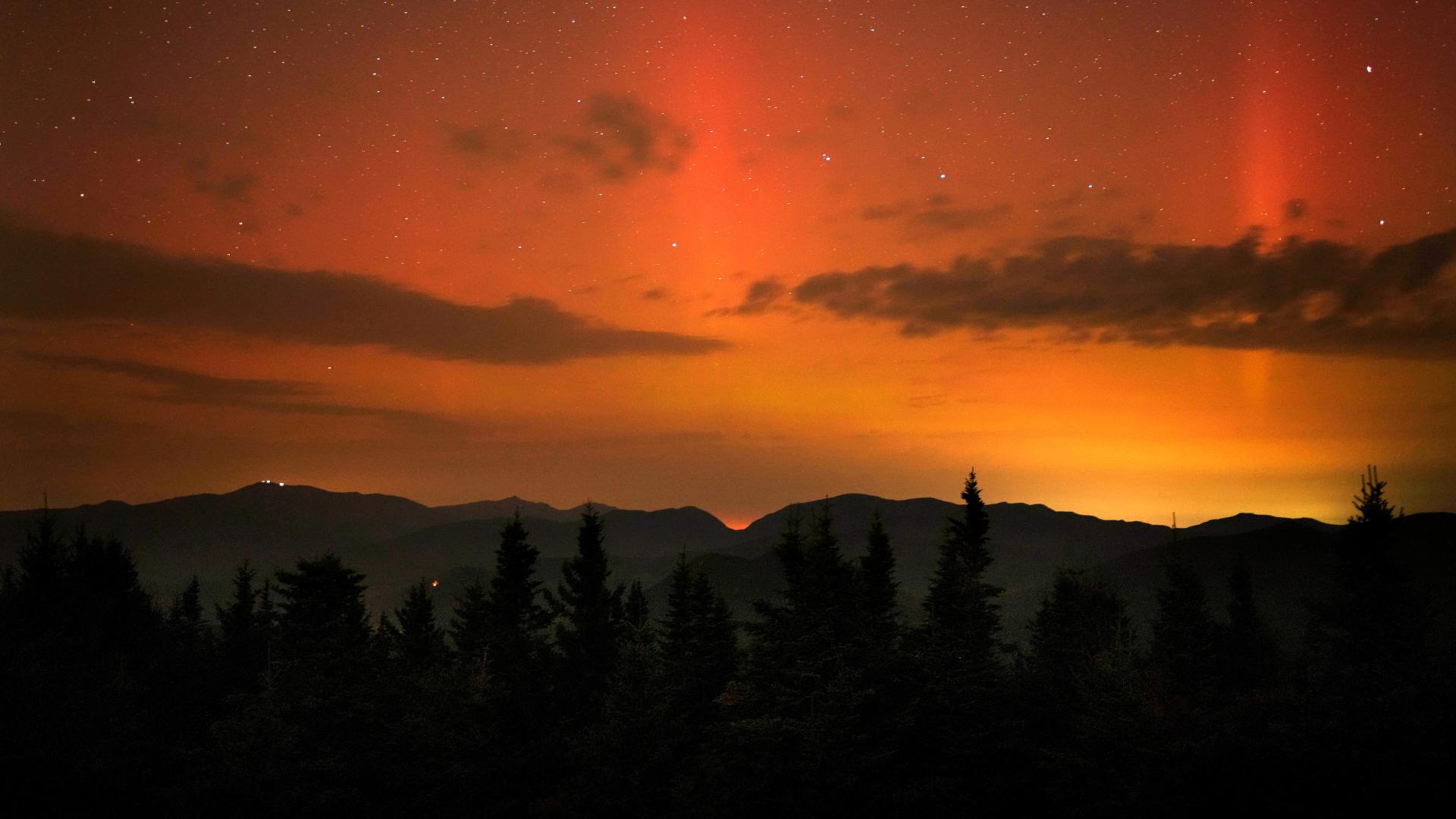Solar flares may cause faint auroras across top of Northern Hemisphere


Solar storms may cause dim northern lights across fringes of the northern United States over the weekend as forecasters monitor for possible disruptions to power and communications.
The sun’s magnetic field is currently at the peak of its 11-year cycle, making solar storms and northern lights more frequent. The sun emitted two strong flares this week, including one Thursday that was the biggest since 2017.
<img src='https://news.cgtn.com/news/2024-10-05/Solar-flares-may-cause-faint-auroras-across-top-of-Northern-Hemisphere-1xs6C9q5TY4/img/a612937ce16b490c86b738d0cafaf9c5/a612937ce16b490c86b738d0cafaf9c5.jpeg' alt='This photo provided by NASA, taken by the Solar Dynamics Observatory, shows a solar flare, the bright flash in the center of the image, October 3, 2024. /AP '
Faint auroras may be visible as far south as South Dakota, Iowa and New York, but the storms could still intensify or weaken over the weekend.
“There’s still a fair amount of uncertainty,” Erica Grow Cei, spokesperson for the U.S. National Oceanic and Atmospheric Administration, said Friday.
Unusually strong solar storms in May produced jaw-dropping aurora displays across the Northern Hemisphere. This week’s storms featured fewer ejections of the high-energy plasma that can drive a light show, according to NOAA.
(Cover: Flares of northern lights color the sky over the White Mountains just after midnight, Friday, September 13, 2024, as viewed from a mountaintop in Chatham, N.H. Lights on the summit of Mount Washington can be seen on the ridgeline at left. /AP)

